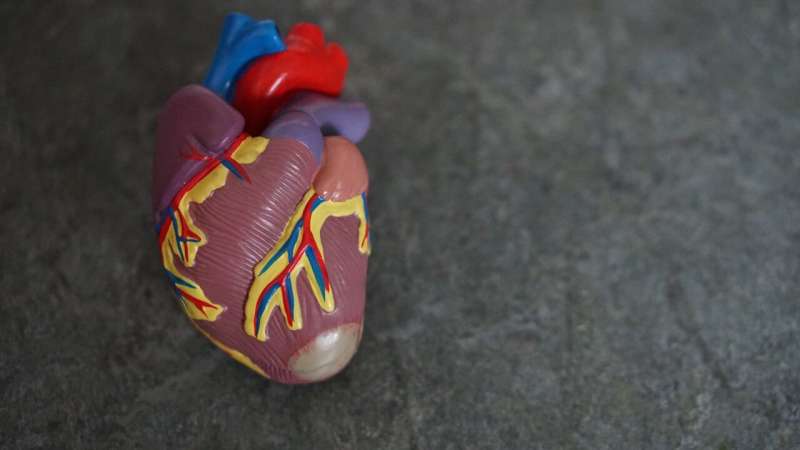
Findings of a Henry Ford Health study published in the Journal of American Heart Association from researchers in the Center for Structural Heart Disease (Division of Cardiology and Division of Radiology) show Henry Ford’s pioneering use of 3D Computed Tomography (CT) imaging for planning left atrial appendage occlusion (LAAO) is associated with higher successful device implantation rates, shorter procedural times, and less frequent changes in device sizes.
LAAO is a non-surgical procedure that uses a transcatheter, through a small tube the size of a straw, to seal the left atrial appendage, a small sac in the muscle wall of the left atrium, which is the top left chamber of the heart. This procedure can reduce the risk of blood clots that can lead to stroke and eliminate the need to take blood thinning medication for patients with non-valvular AFib.
“The standard method for imaging the heart to guide LAAO procedures is 2Dimensional transesophageal echocardiogram (TEE), which uses ultrasound waves to make a detailed picture of the heart,” said Dee Dee Wang, M.D., Director of Structural Heart Imaging at Henry Ford Hospital and the study’s senior author. “This study aimed to assess the value of adding 3Dimensional CT imaging to that process, versus using only TEE imaging, to make that detailed picture. Our findings indicate significant benefit by adding CT imaging, which uses X-ray to help create a more comprehensive 3Dimensional image of the heart.”
“CT imaging allows us to take all guesswork out of device implantation. We know that we can safely close the appendage and have a success of 98% when imaging is available,” said William O’Neill, M.D., director of the Henry Ford Center for Structural Disease. The 3D model helps structural heart interventional cardiologists like Dr. O’Neill choose a device that fits the patient’s heart unique anatomy, making the procedure safer and more effective.
To close the left atrial appendage, an FDA approved device called WATCHMAN is implanted in the heart via a catheter-based, minimally invasive procedure. Once implanted, the WATCHMAN device fits into the left atrial appendage and permanently seals off that heart muscle pocket, making the clot-collecting pocket off limits and decreasing the stroke risk dramatically as a result.
In this study, researchers retrospectively reviewed all LAAO procedures using the WATCHMAN performed at a single center from May 2015 to December 2019. During this time, a total of 485 LAAOs were performed using the WATCHMAN device, including 328 (67.6%) cases who underwent additional CT for preprocedural planning and 157 (32.4%) cases using stand‐alone TEE for guidance.
Among the new FDA approved left atrial appendage occlusion devices being implanted by Henry Ford is the WATCHMAN FLX that replaced the original WATCHMAN and the Amplatzer Amulet Left Atrial Appendage Occluder, made by Abbott Vascular, which is a permanent implant placed in the patient’s left atrial appendage.
Source: Read Full Article